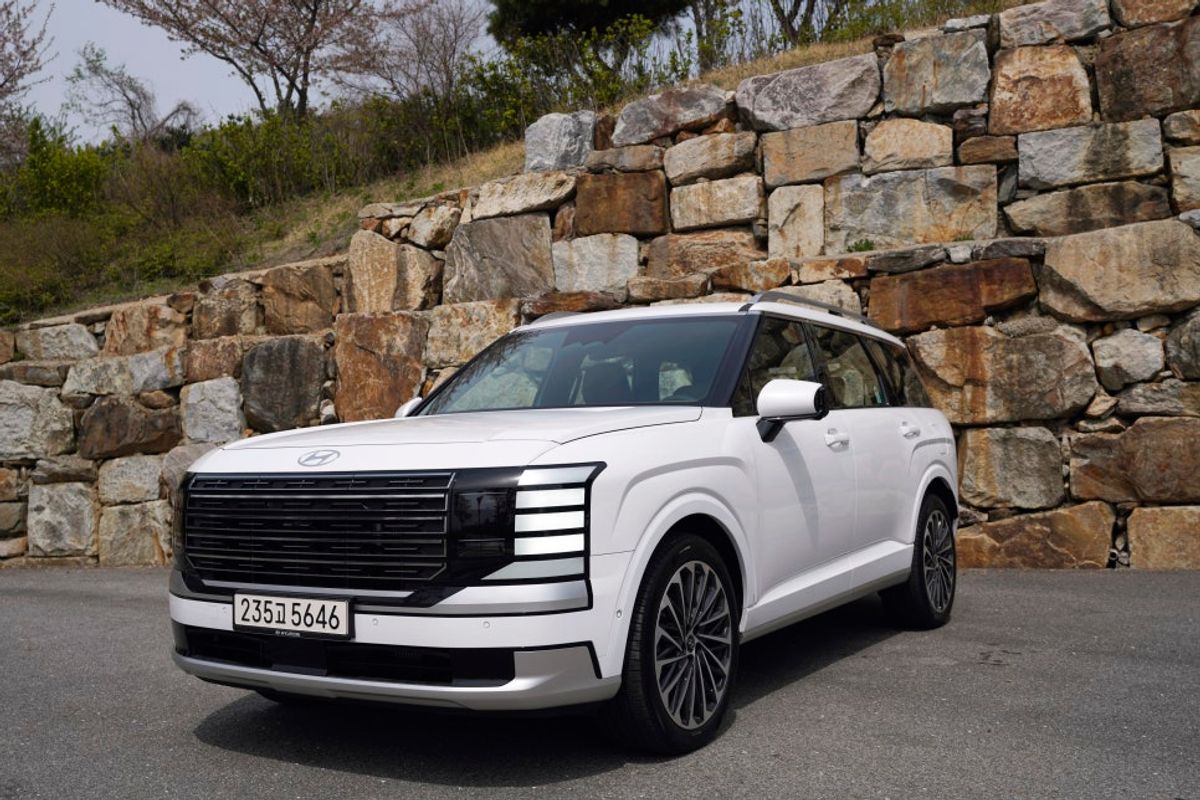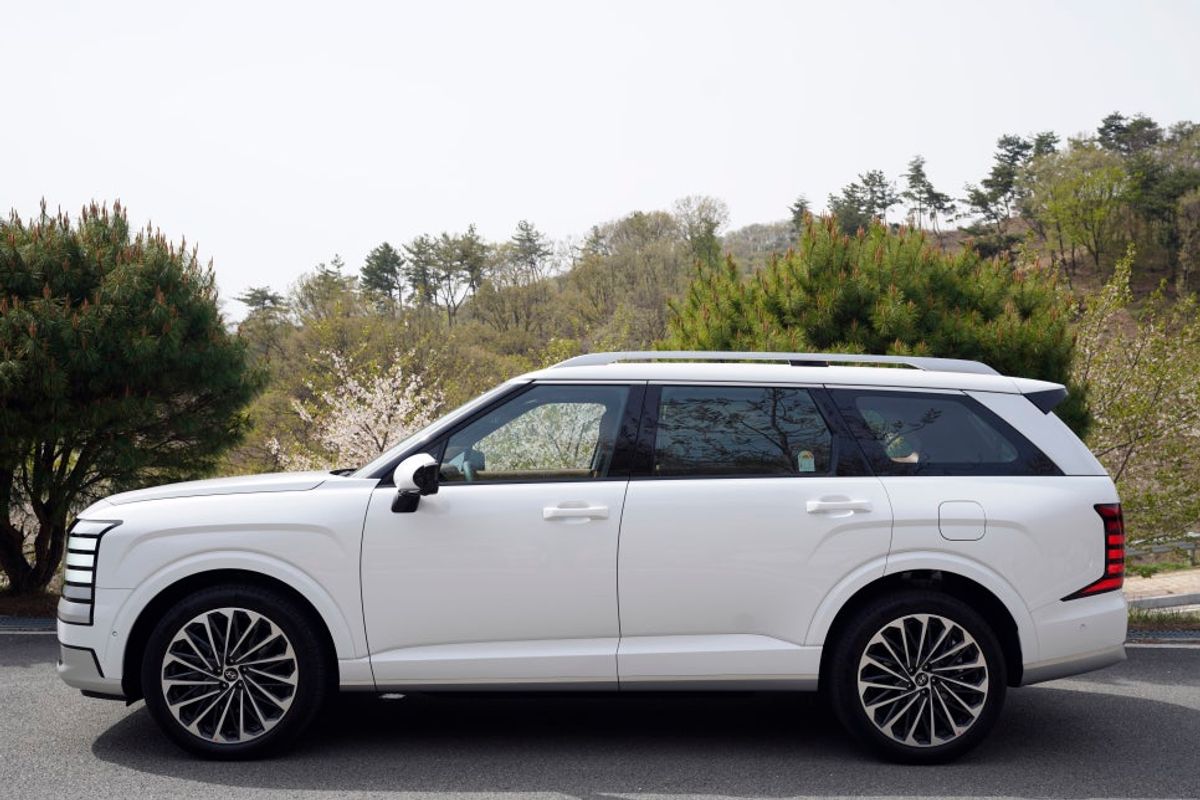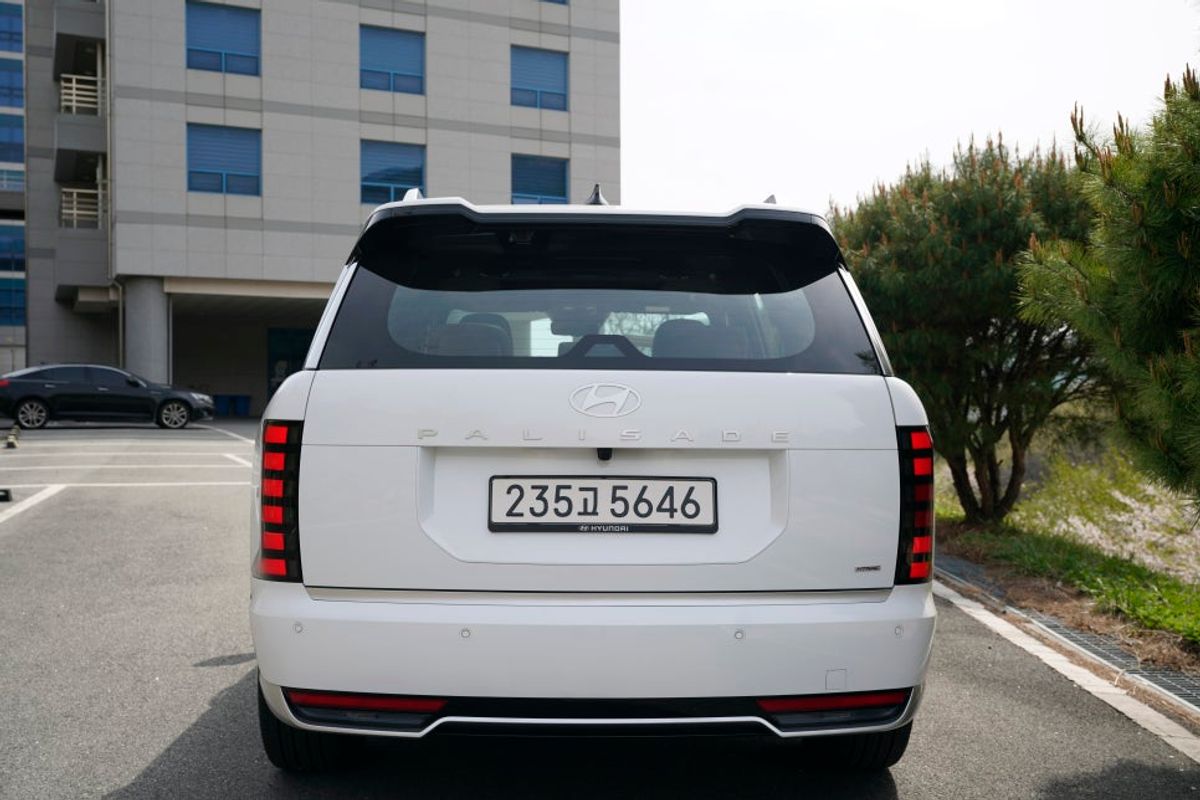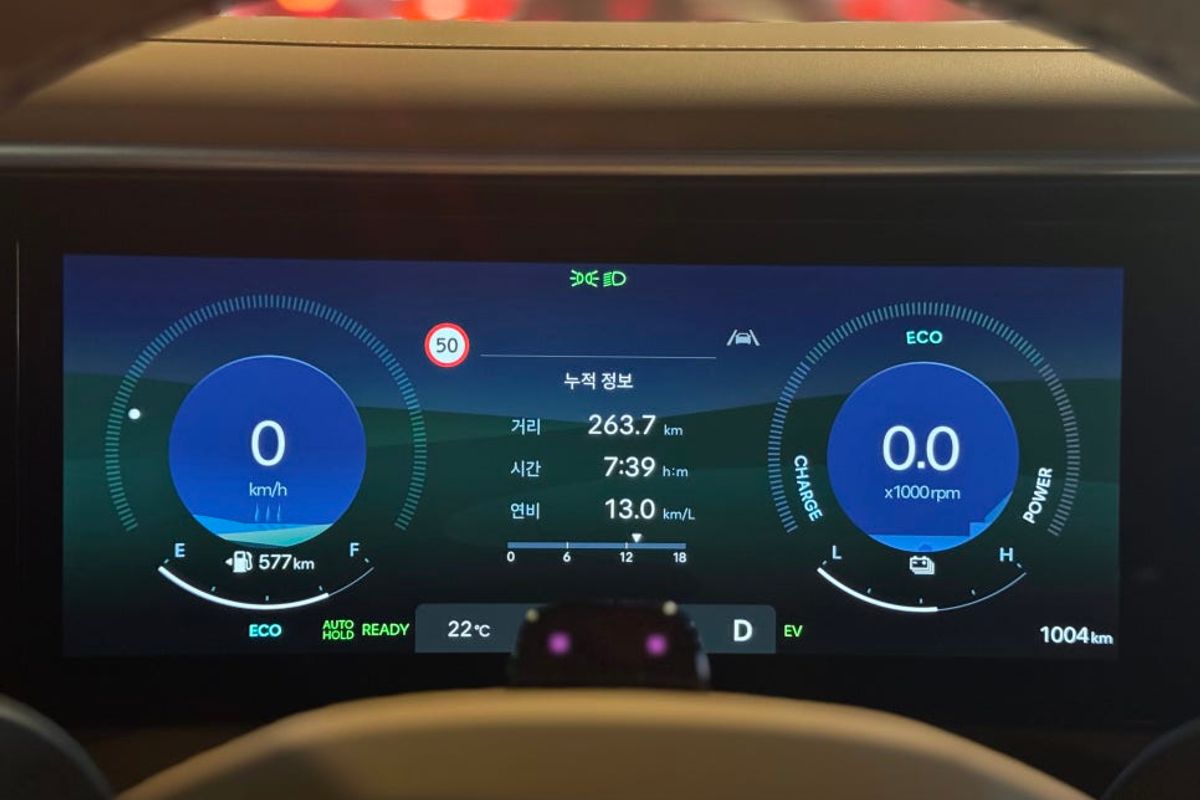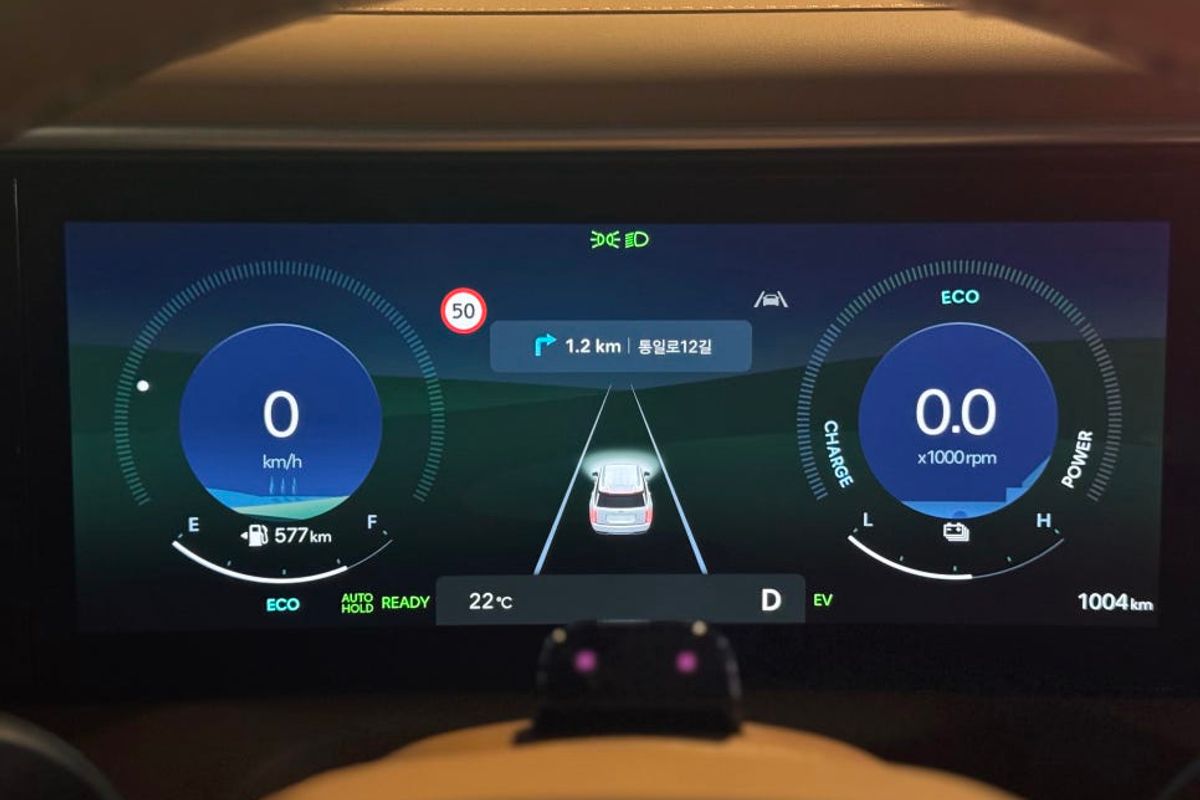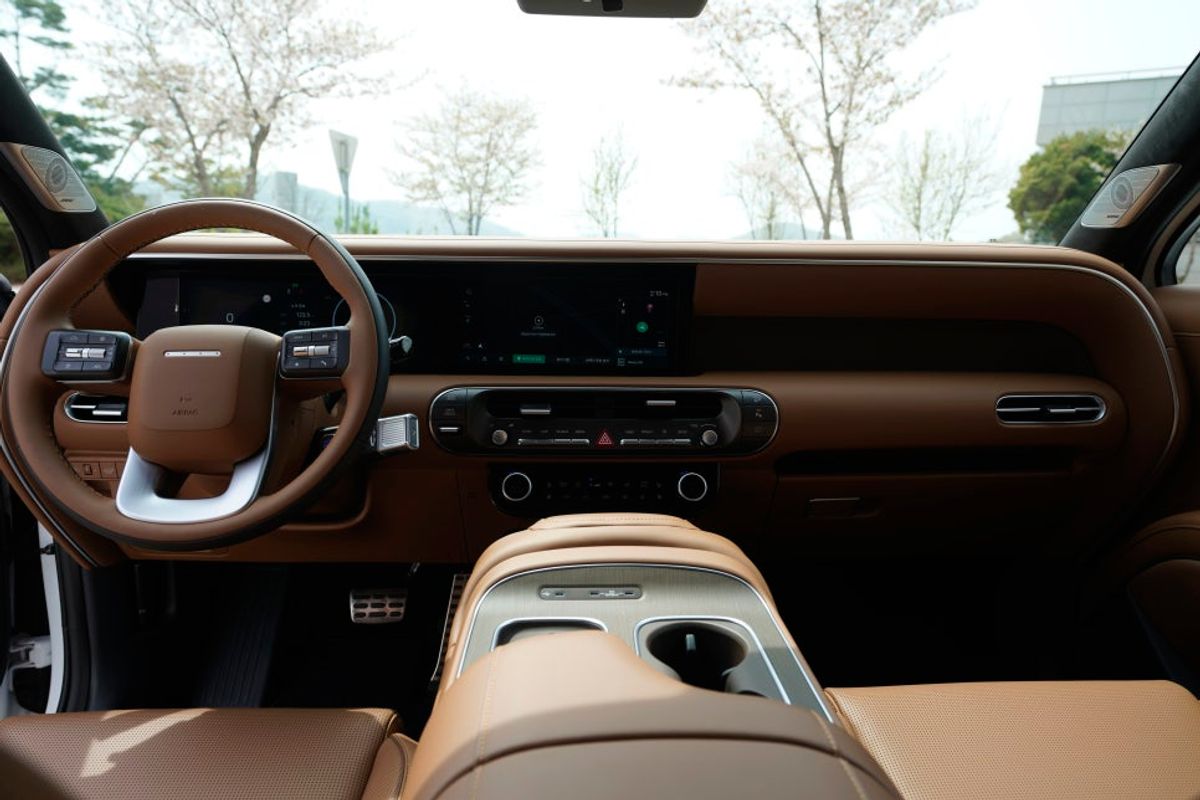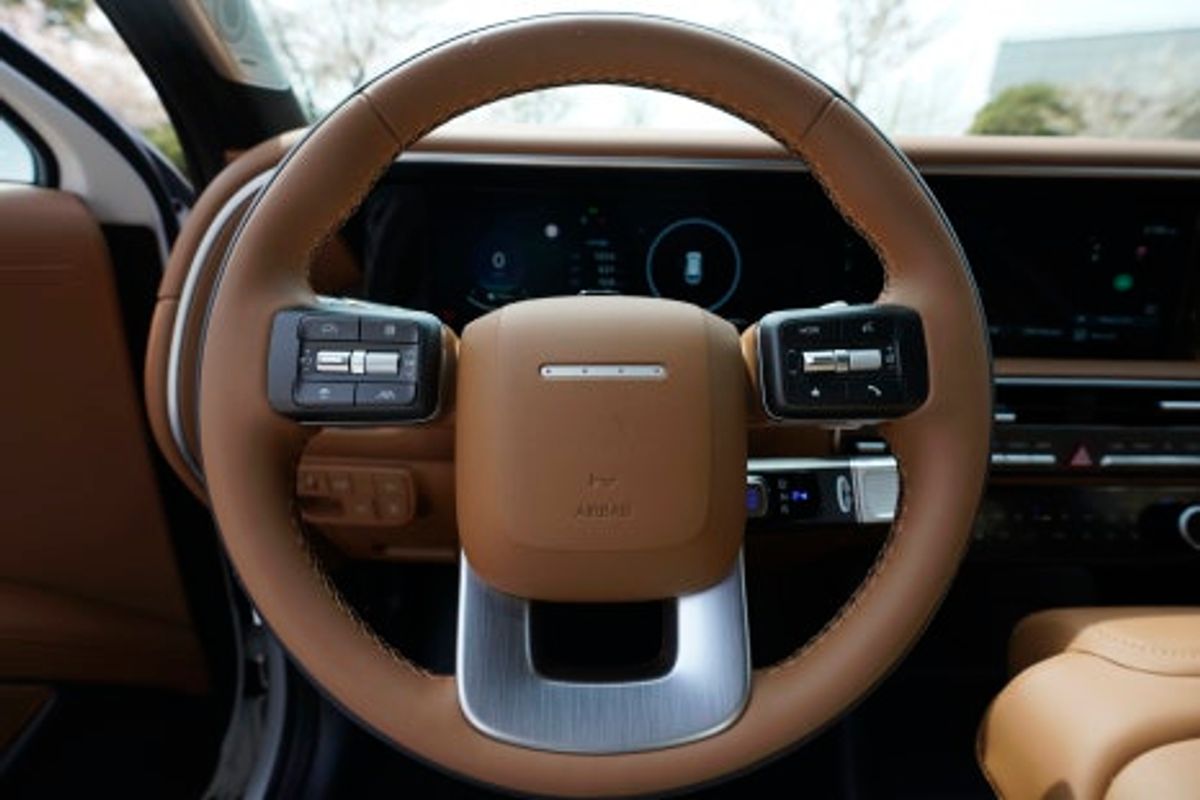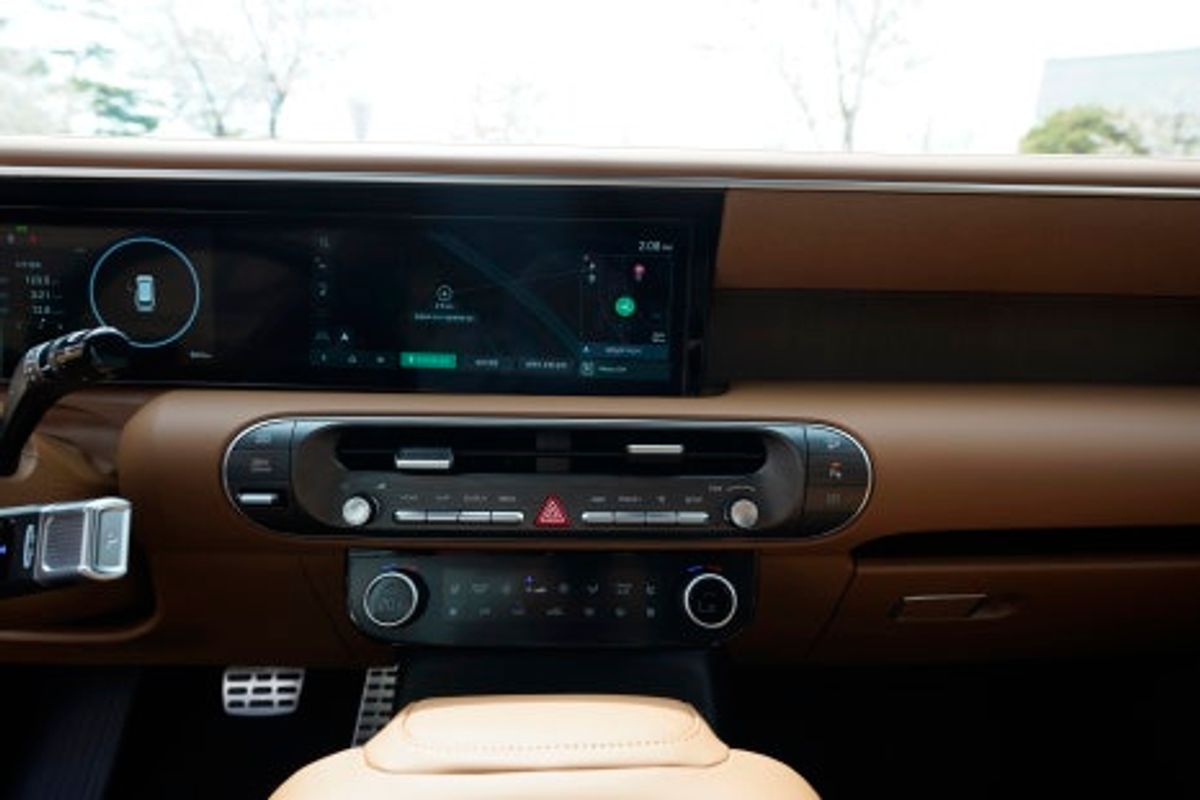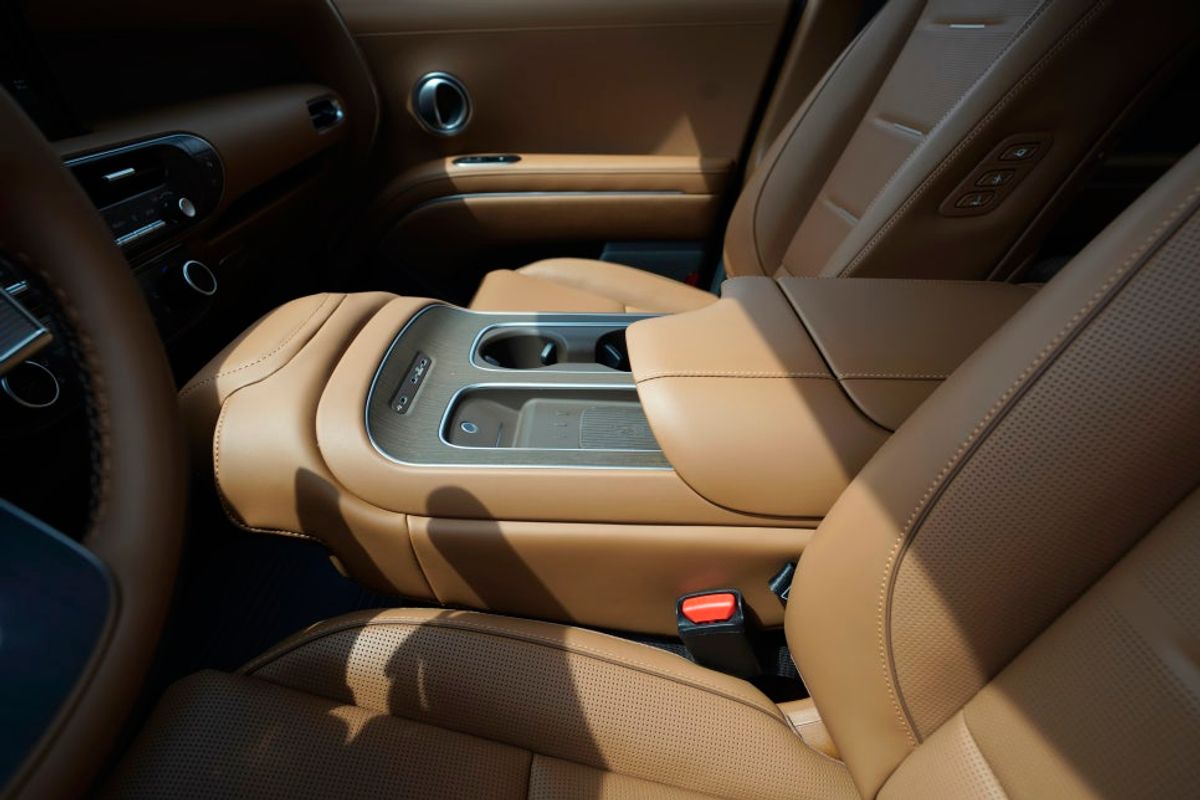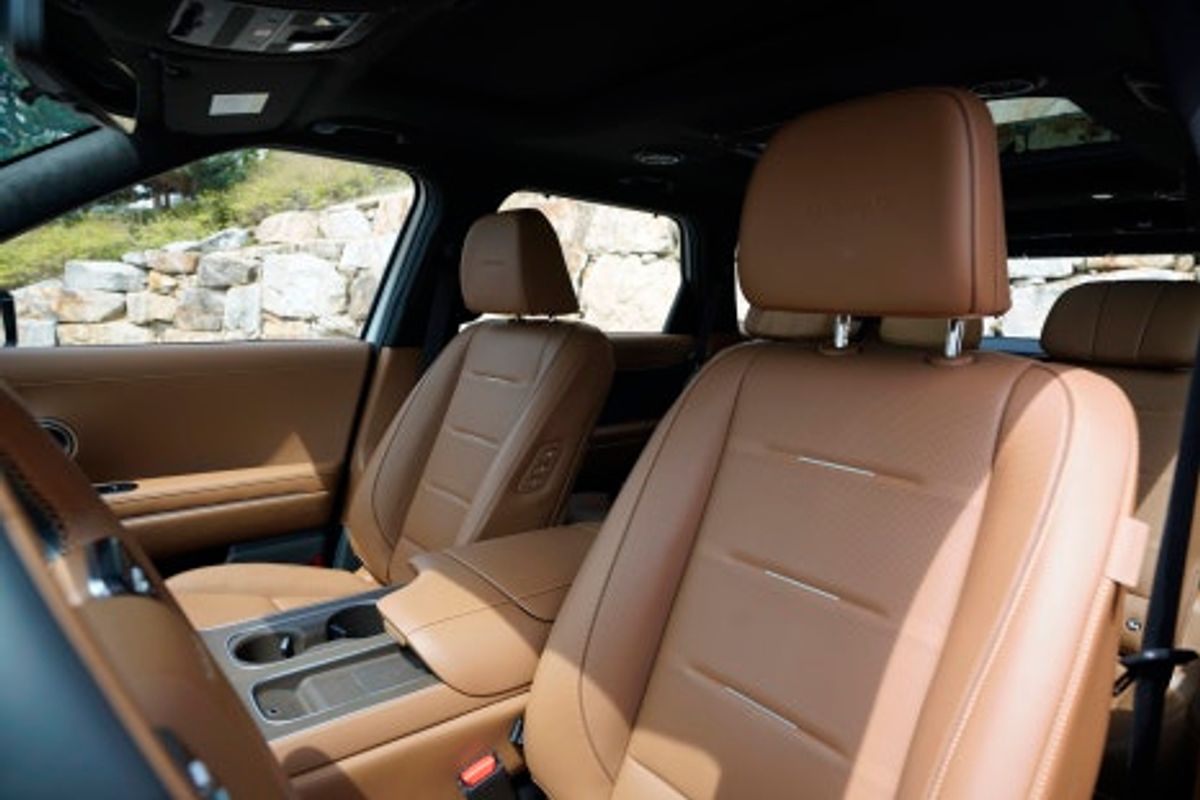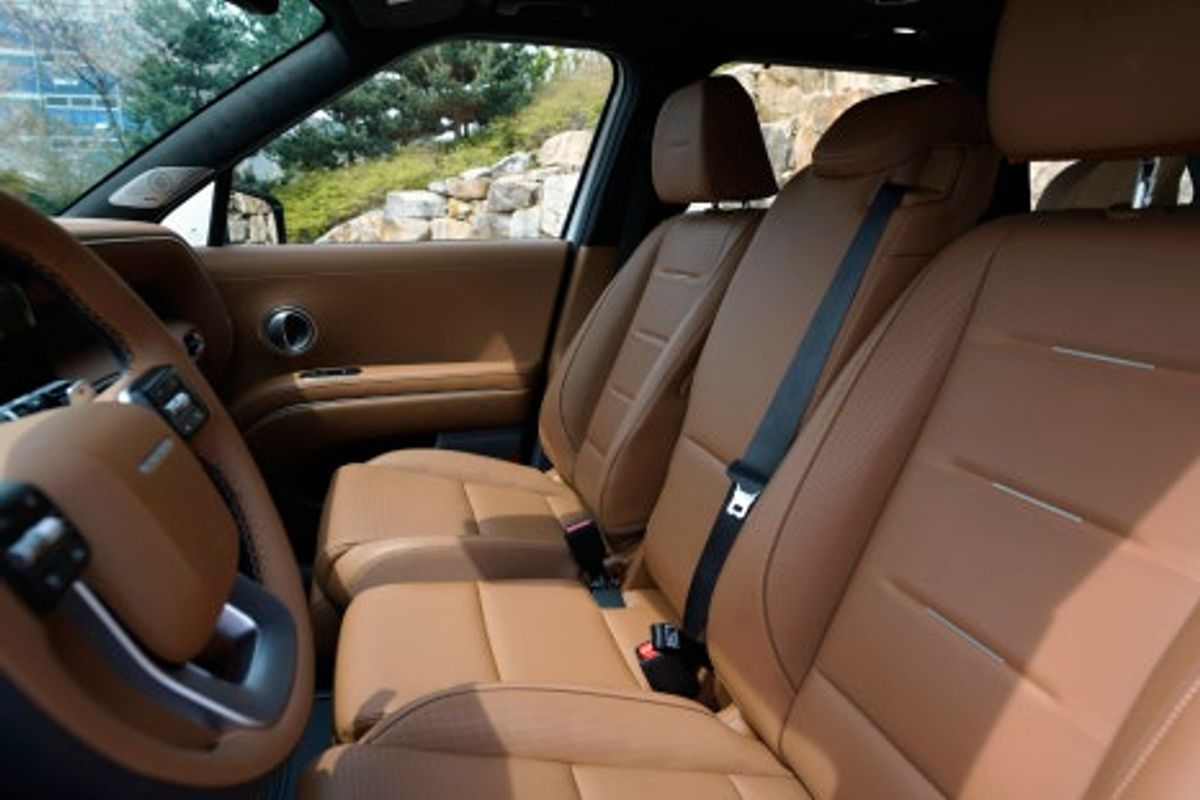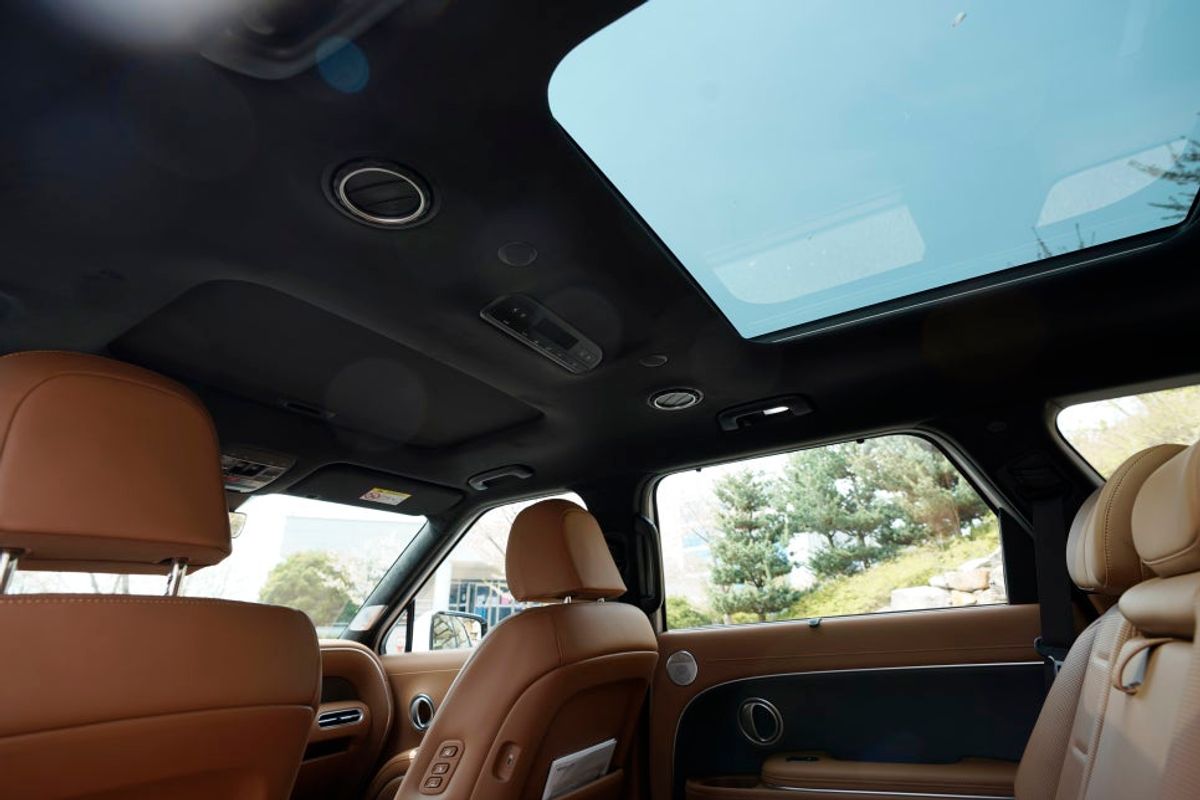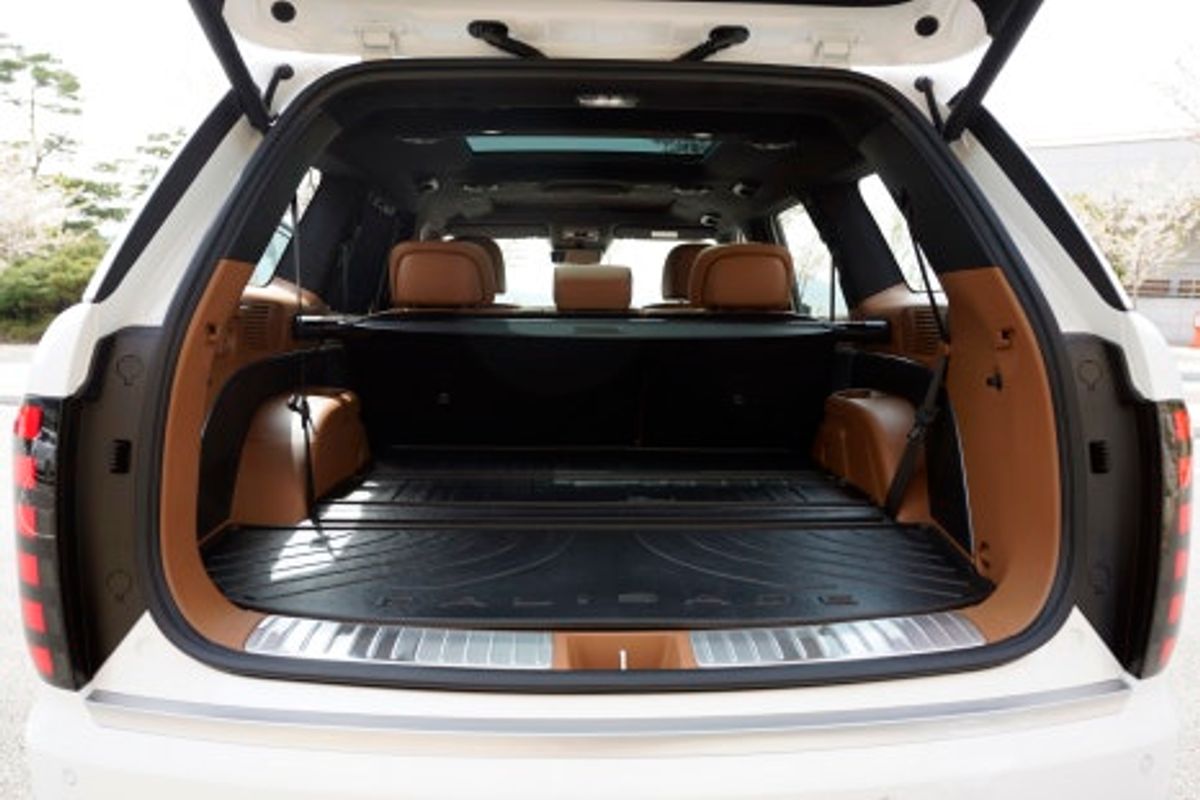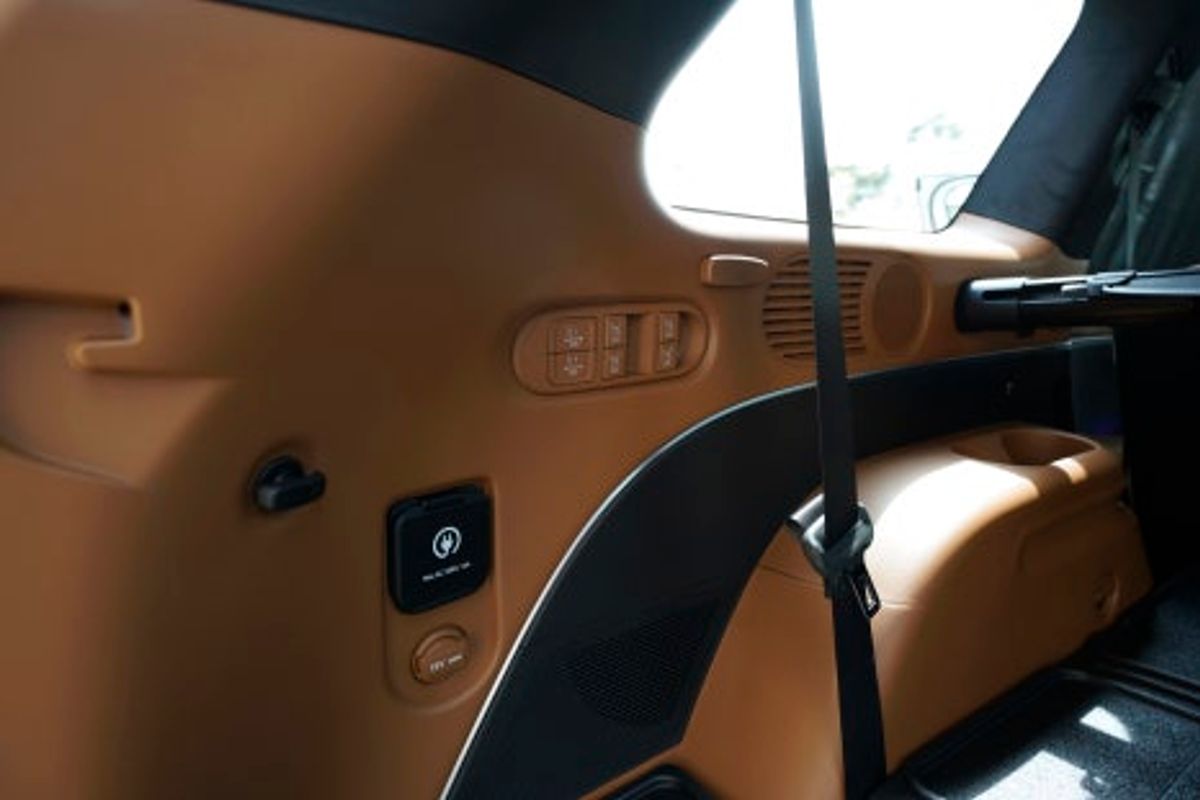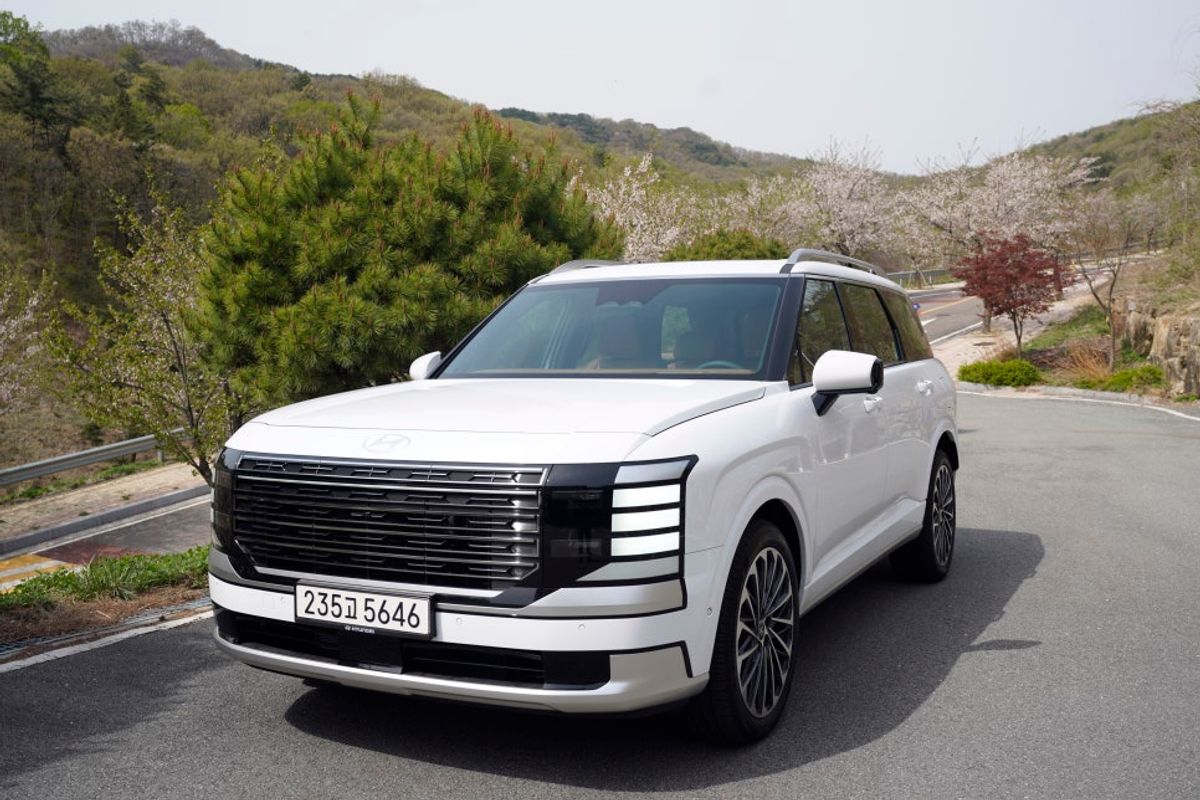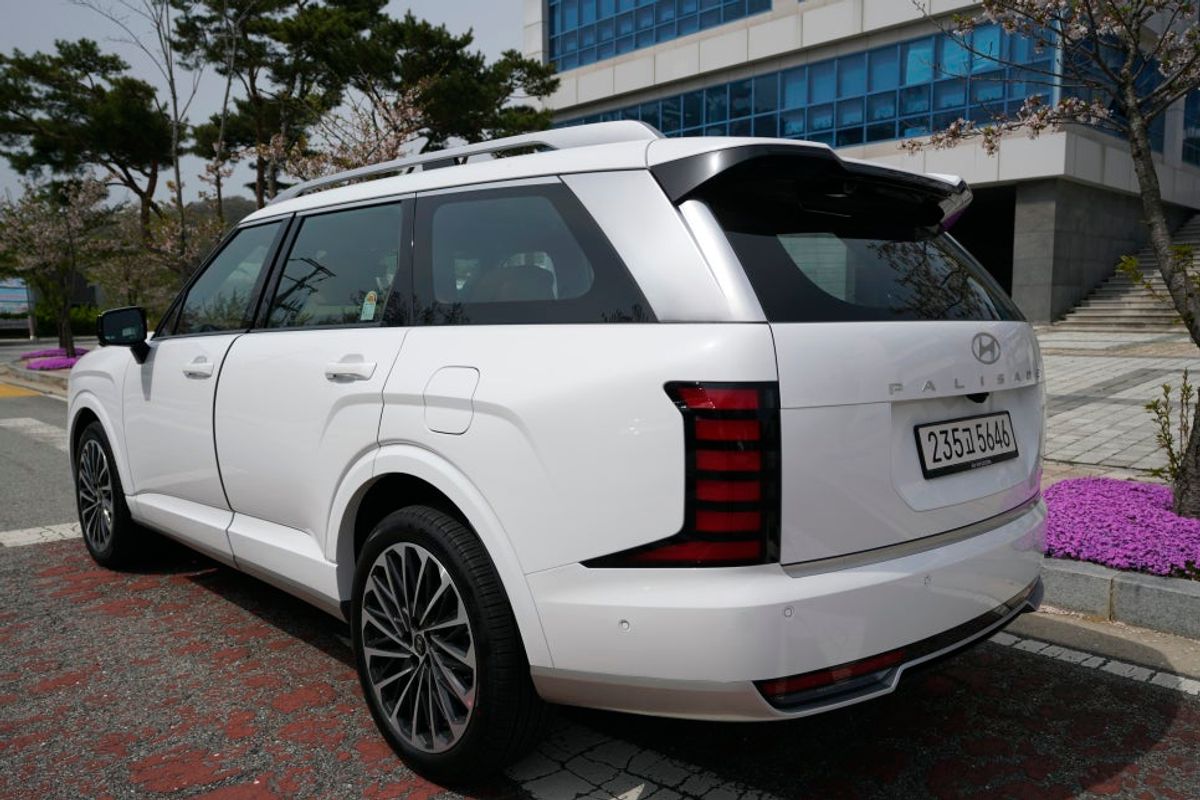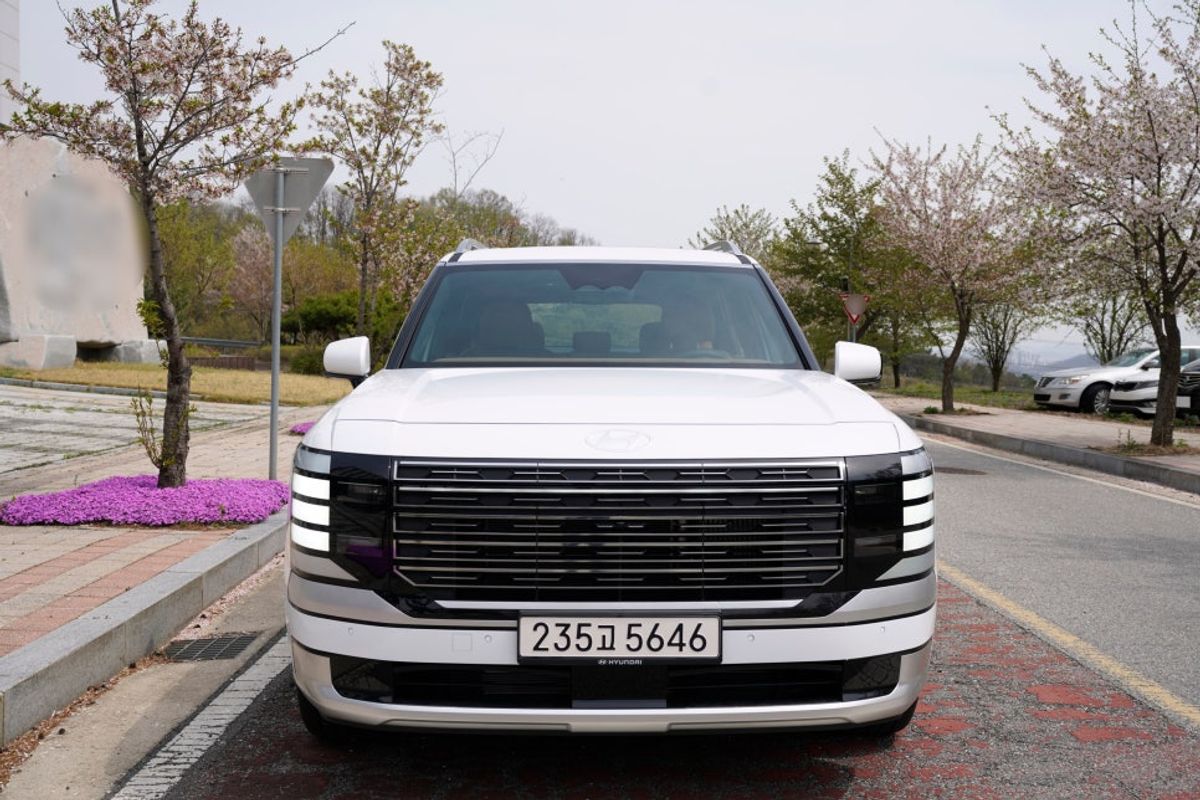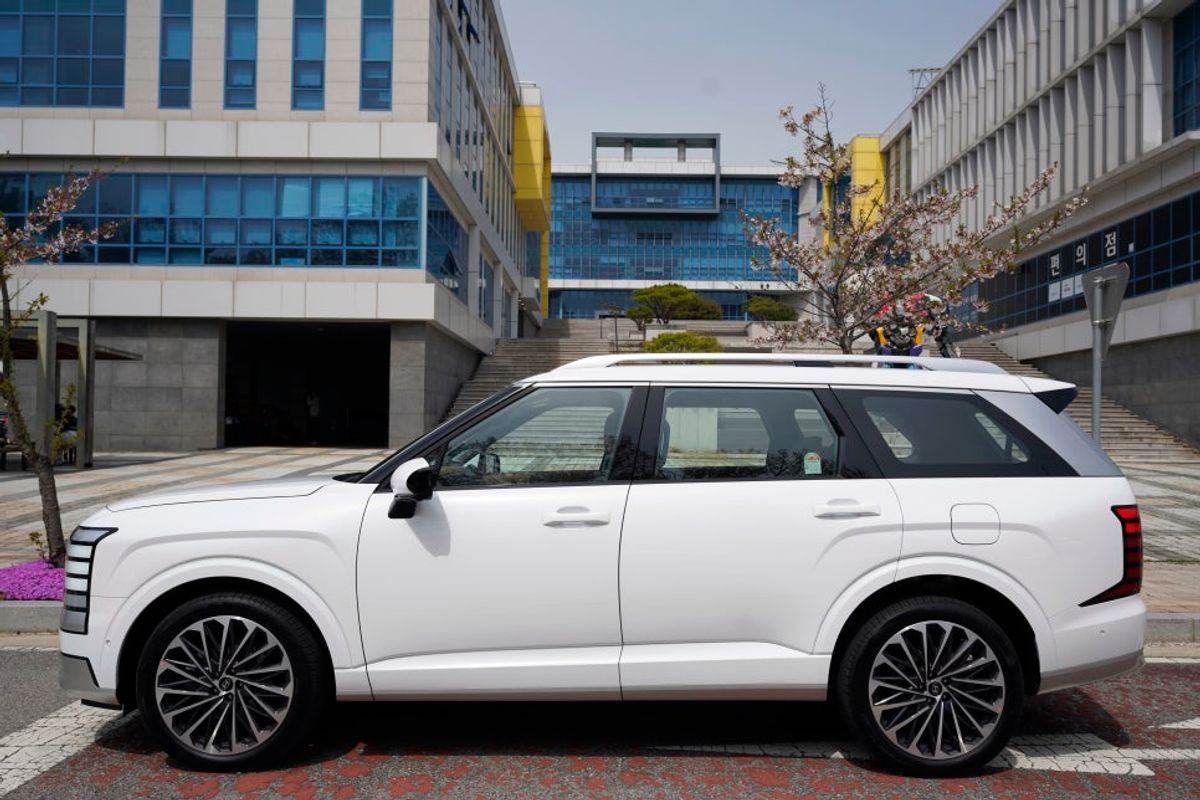Hello, I’m Double View, an automotive influencer.
I finally had the opportunity to test drive the all-new Palisade, equipped with Hyundai Motor Group's next-generation hybrid system.
To cut to the chase, I experienced power performance and fuel efficiency that exceeded my expectations,
and I will share my comprehensive thoughts on why I reached that conclusion and how the driving experience felt.
Ahead of the launch of the all-new Palisade, news broke that the existing gasoline 3.8 and diesel 2.2 models would be discontinued,
and they would be replaced by the gasoline turbo 2.5 and gasoline turbo 2.5 hybrid models.
While the gasoline turbo 1.6 hybrid engine has been sufficient for compact to mid-size vehicles,
there were concerns that it might lack the power performance needed for a mid-size SUV like the Palisade.
However, the announcement of the gasoline turbo 2.5 hybrid model sparked excitement and curiosity.
Initially expected to launch in the first quarter, the release of the all-new Palisade hybrid model faced delays, leaving customers who had pre-ordered anxiously waiting.
However, as we approached mid-April, customer deliveries began.
The all-new Palisade hybrid Calligraphy 4WD test drive
The all-new Palisade hybrid Calligraphy 4WD test drive
The all-new Palisade unveiled its next-generation hybrid system capable of 1,000 km (621 miles) of driving at launch.
Earlier this month, the certification process wrapped up, and the fuel efficiency was revealed, showing that the gasoline turbo 2.5 hybrid 2WD model with 18-inch tires achieved a combined fuel economy of 14.1 km/L (33.1 mpg),
allowing for a driving range of 1,015 km (630 miles) on a full tank.
What is the real-world fuel efficiency of the all-new Palisade hybrid?
What is the real-world fuel efficiency of the all-new Palisade hybrid?
I drove the all-new Palisade hybrid 9-passenger Calligraphy 4WD, which boasts a combined fuel economy of 11.4 km/L (26.9 mpg).
(City: 11.4 km/L, Highway: 11.3 km/L)
With a full tank, the driving range is approximately 821 km (510 miles).
On this day, I drove a total of 263.7 km (163.5 miles) with a 50% mix of city and highway driving,
and by the end of the test drive, the real-world fuel efficiency was about 13.0 km/L (30.6 mpg).
I didn’t specifically drive for fuel efficiency,
but to test the driving feel in various situations, I repeatedly accelerated and decelerated, and I found the real-world fuel efficiency to be higher than expected.
Even when I pressed the accelerator hard, I experienced real-world fuel efficiency in the mid-12 km/L (28.2 mpg) range, which is over 1 km/L (2.4 mpg) above the specified fuel economy.
I previously mentioned that the vehicle could travel 821 km (510 miles) on a full tank,and at about 77% fuel remaining, it indicated a potential range of 577 km (358 miles).
Considering the actual distance driven of 264 km (164 miles), the full tank driving range would be approximately 841 km (523 miles),
which suggests I could drive an additional 20 km (12 miles).
Please note that driving distance may vary based on fuel efficiency, road conditions, and weather.
Did the driving performance exceed expectations? Is maximum output everything?
Did the driving performance exceed expectations? Is maximum output everything?
To achieve this, they concentrated on improving the hybrid system's performance and expanding the matching of the engine and electric motor,
and structurally improved performance significantly by directly connecting the motor.
The handling also exceeded my expectations, as the hybrid system's motor and battery actively enhanced the driving performance through motor control technologies like e-ride and e-handling, which are typically found in electric vehicles.
When I pressed the accelerator, the heavy body responded immediately,
and the power to push forward felt more than adequate, leaving no doubt about its capability in any road environment.
In comparison, the Staria, a large RV equipped with the gasoline turbo 1.6 hybrid engine, felt sluggish when I pressed the accelerator hard, with the RPM gauge responding immediately while the vehicle took its time to move.
However, the powerful performance and response speed of the all-new Palisade enhanced my satisfaction with the driving experience.
The satisfaction from the passenger side was also conveyed by the producer who filmed from that seat, noting that the vehicle accelerates smoothly without any shaking, even on inclines.
This feedback added to the overall positive impression from the passenger perspective.
In comparison to the existing gasoline turbo 1.6 hybrid engine, the driving performance of the all-new Palisade exceeded my expectations,
and it demonstrated more than enough performance to handle the hefty weight of the 2.2-ton all-new Palisade.
The interior noise level also exceeded my expectations.
While it's true that hybrid engines are generally quieter than gasoline engines, the all-new Palisade showcased a level of quietness that surpassed expectations, providing a different level of comfort from surrounding noise.
The 9-passenger model I drove features a seating arrangement that accommodates three people in each row from the first to the third row,
and even with all seats occupied, the exceptional quietness allows for focused conversations.
The all-new Palisade hybrid model supports a Stay mode.
This mode allows for comfortable relaxation inside the vehicle, and when you set the Stay mode after stopping, you can use the vehicle's convenience and climate control features powered by the high-voltage battery.
However, if you arrive at your destination with a low battery charge, you won't be able to enjoy the Stay mode, right?
But if you set your destination in the navigation and choose 'Use mode upon arrival' on the Stay mode screen,
the system will automatically adjust the battery charge to allow you to enjoy Stay mode for a longer duration.
Hybrid cars often get perceived merely as vehicles with good fuel efficiency, but with the development of the next-generation hybrid system, efforts have been made to absorb the advantages of electric vehicles,
and research has been conducted to control battery levels, allowing for longer enjoyment of Stay mode.
Additionally, the interior V2L feature allows you to power electronic devices, making it appealing for those who enjoy camping or outdoor activities.
My spouse and I plan to travel frequently with our parents and nephews, and the 9-passenger all-new Palisade can use the highway-only lane when carrying more than six people,
which can reduce the driver's burden during weekend trips.
The third-row seats are powered, allowing you to operate them using a button inside the trunk.
The all-new Palisade hybrid model has improved shifting quality thanks to the application of ASC technology.
Using the hybrid transmission control logic (Active Shift Control) with the P1 motor,
and by enhancing the control of the engine clutch that sends power to the transmission, the shifting quality has become faster and smoother than before.
Overall Review of the All-New Palisade Hybrid Test Drive
Overall Review of the All-New Palisade Hybrid Test Drive
As mentioned earlier, the real-world fuel efficiency was about 1.0 km/L (2.4 mpg) higher than the specifications,
and the engine's responsiveness when I pressed the accelerator was excellent, so I felt no discomfort at all.
Additionally, thanks to the improved system output during acceleration, I experienced ample driving performance.
In fact, handling was not something I expected, but it significantly enhanced driving satisfaction by maximizing the advantages of electric vehicles.
The interior noise level also exceeded expectations, making it a model I would recommend as a family car for traveling with loved ones.
The all-new Palisade hybrid model has garnered significant attention as it features the first application of the next-generation hybrid system,
and due to the high quality of the gasoline turbo 2.5 hybrid engine, there seem to be remarkably few complaints.
The more I drove it, the more I found its driving feel to be attractive,
and overall, I would express that it has upgraded the existing hybrid engine while incorporating the benefits of electric vehicles.
Today, I shared my test drive experience of the all-new Palisade hybrid along with some theoretical insights about the next-generation hybrid system.
In the next installment, I plan to explore healing and long-distance fuel efficiency challenges at a camping spot using the Stay mode,
and if you have any additional questions, please leave a comment, and I will be sure to respond after the test drive.
This post was made possible by Hyundai Motor, who provided me with the test drive opportunity.

